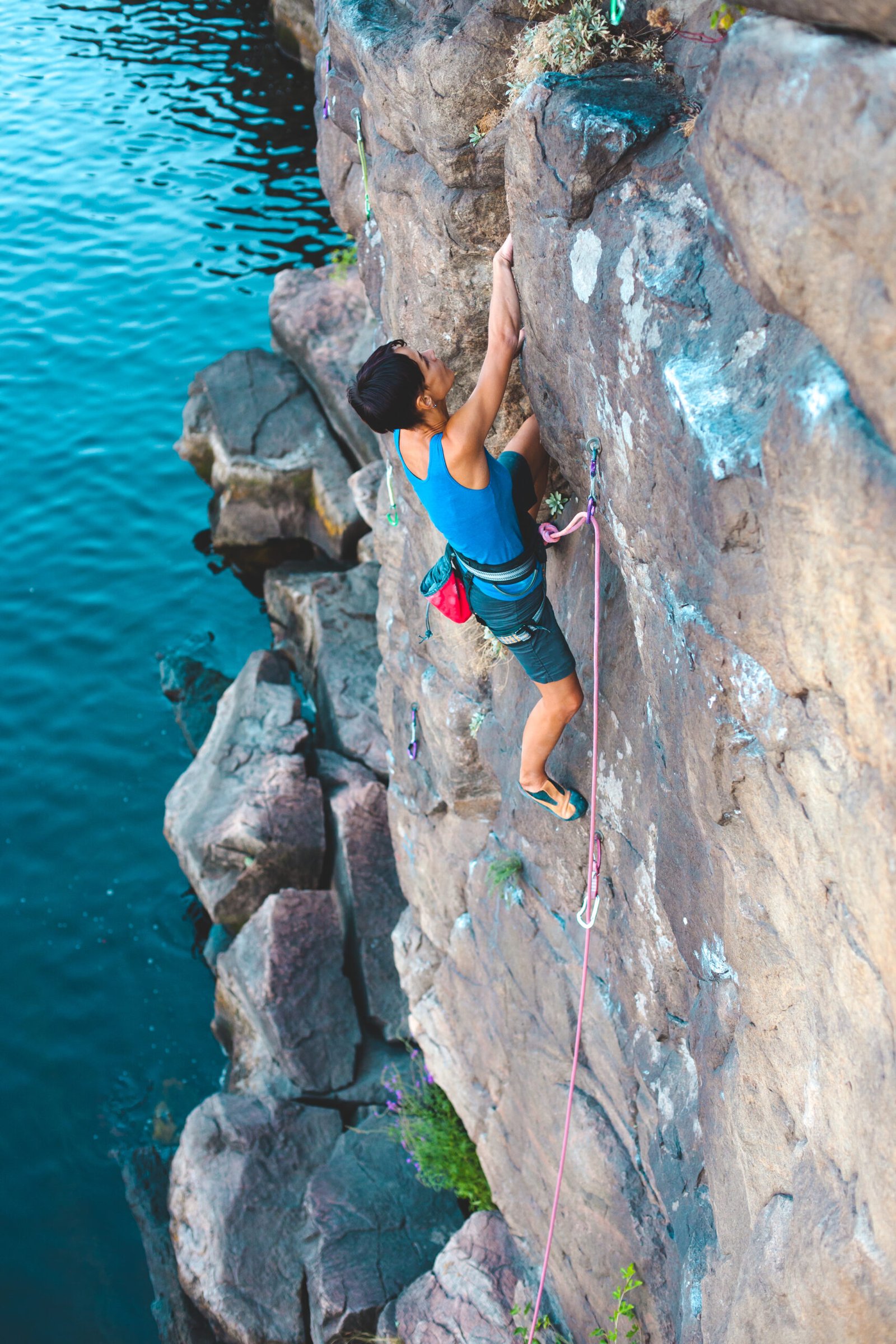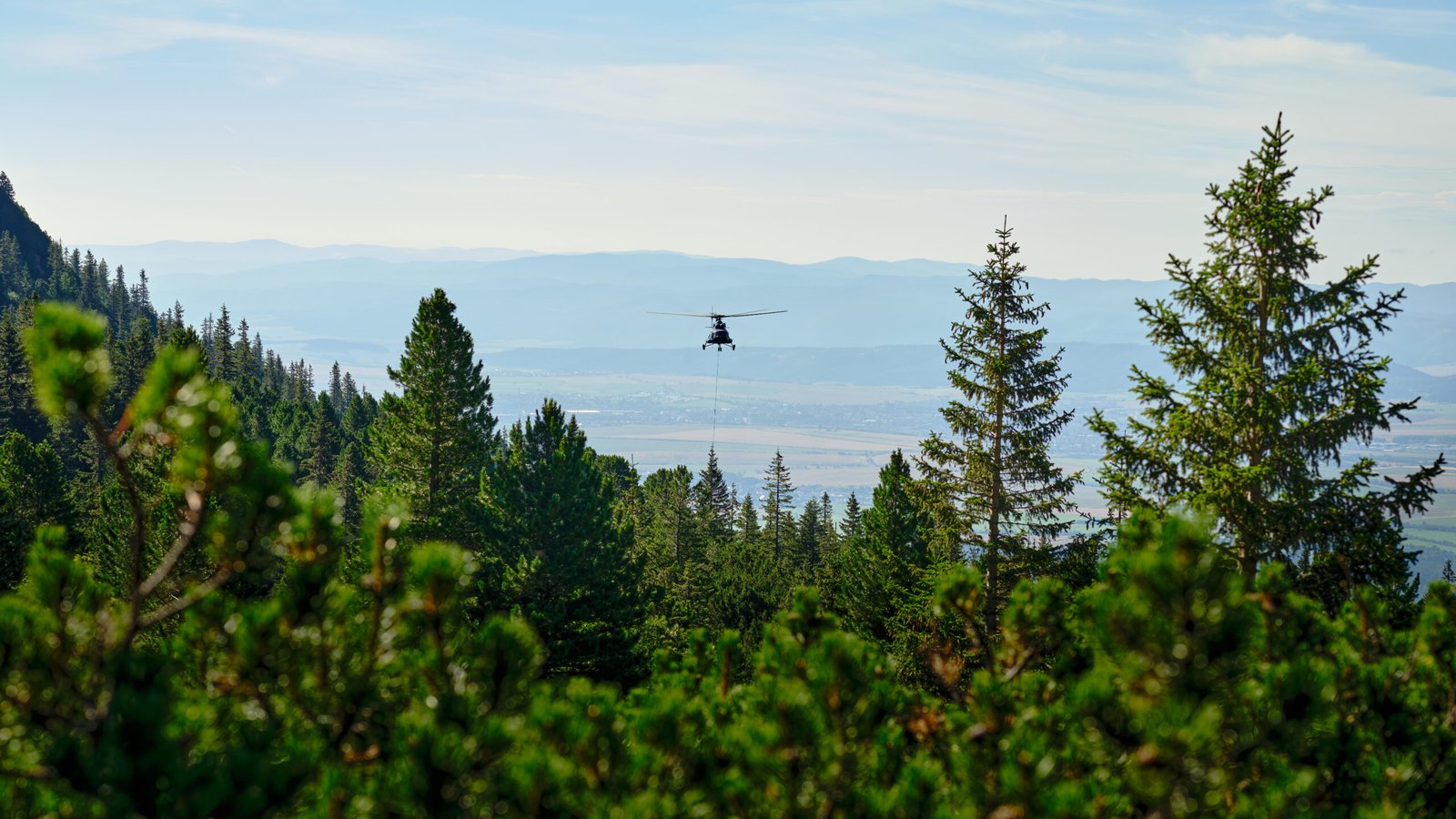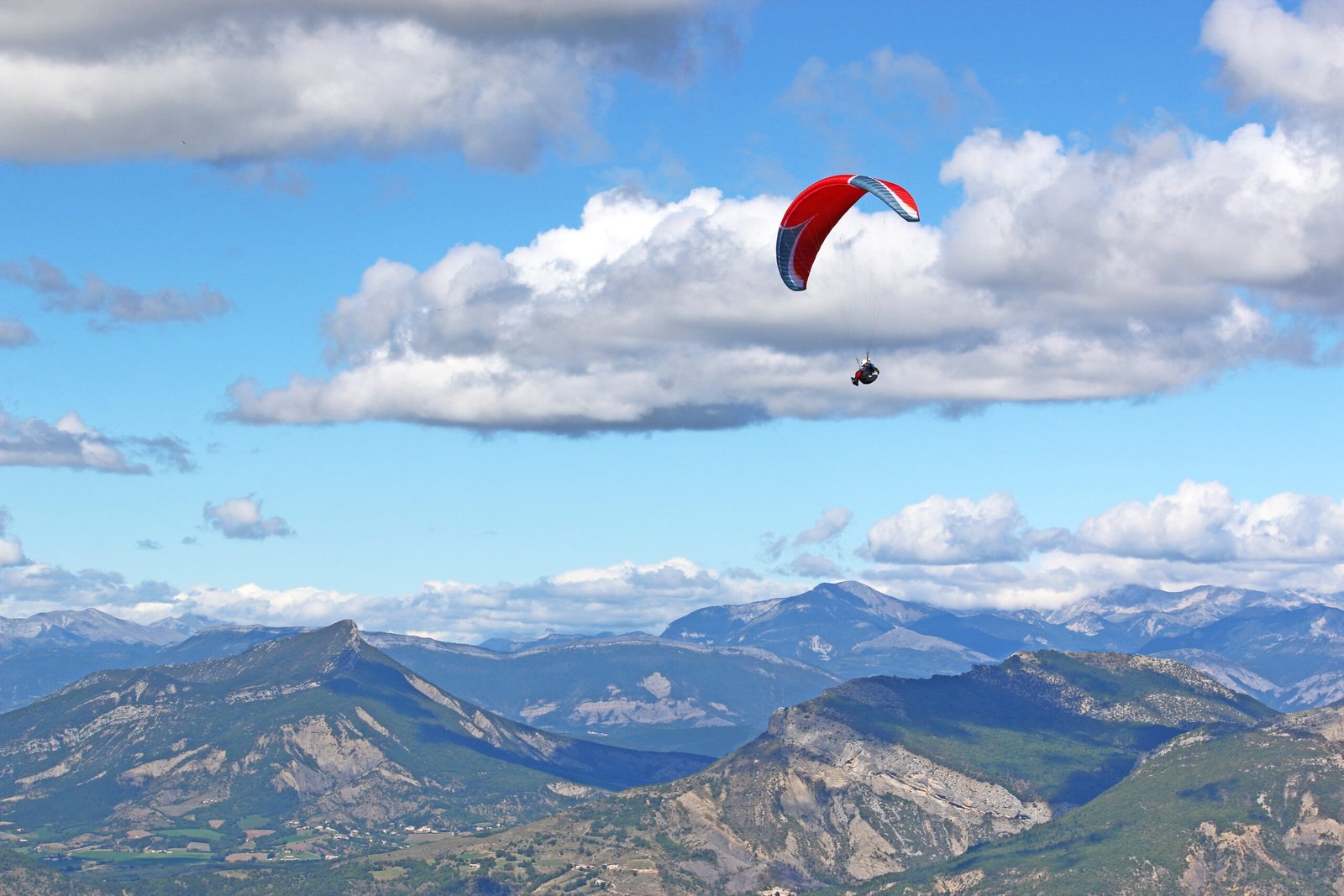Soar Above Alpine Paradise - Experience Lake Tahoe Like Never Before With 20 years of aviation…
Lake Tahoe Rock Climbing and Bouldering: Vertical Adventures with Stunning Views
The granite walls of Lake Tahoe rise majestically from crystal-clear waters, creating one of North America’s most spectacular climbing destinations. With over 20 years of experience guiding climbers through these pristine alpine routes, we’ve witnessed countless moments where adventurers pause mid-climb, overwhelmed by the breathtaking panorama of sapphire waters surrounded by snow-capped peaks.
LEGENDARY CLIMBING DESTINATIONS
Lover’s Leap: The Crown Jewel
Standing 600 feet above Highway 50, Lover’s Leap commands respect from climbers worldwide. This granite monolith offers routes for every skill level, from the classic East Wall (5.7) perfect for intermediate climbers building confidence, to the demanding Surrealistic Pillar (5.11) that challenges even advanced athletes.
Beginner-Friendly Routes:
- Traveler Buttress (5.6) – Multi-pitch adventure with stunning lake views
- Hogsback (5.4) – Perfect introduction to traditional climbing
Advanced Challenges:
- The Line (5.12) – Technical face climbing demanding precision
- Corrugation Corner (5.7) – Classic crack system with historical significance
Donner Summit: Alpine Excellence
At 7,000 feet elevation, Donner Summit provides world-class bouldering and traditional climbing opportunities. The area’s unique granite formations create problems ranging from V0 to V12, making it a paradise for boulderers seeking variety.
“I remember my first dawn patrol session at Donner Summit,” recalls local climbing guide Sarah Martinez. “The sunrise painted the granite gold while we worked through problems that seemed impossible the night before. That’s the magic of high-altitude climbing – the thin air sharpens your focus.”
Emerald Bay: Lakeside Adventures
The dramatic cliffs surrounding Emerald Bay offer intimate climbing experiences with unparalleled water views. These routes combine technical challenges with the unique experience of climbing directly above one of America’s most photographed lakes.
Featured Routes:
- Emerald Point (5.8) – Single-pitch sport climbing with lake access
- Bay View Traverse (5.9) – Horizontal adventure showcasing climbing technique
Cave Rock: Sacred Granite
Cave Rock presents a unique climbing opportunity while requiring utmost respect for its cultural significance to the Washoe Tribe. This distinctive formation offers moderate routes ideal for building traditional climbing skills.
Learn More About Respectful Climbing Practices →
SEASONAL CLIMBING GUIDE
Spring (April-May)
Spring awakens Lake Tahoe’s climbing season with moderate temperatures and fewer crowds. However, approach trails may remain snow-covered at higher elevations.
Best Areas: Lower elevation crags around Emerald Bay Conditions: Variable weather requiring flexible planning
Summer (June-September)
Peak climbing season delivers consistent conditions and full access to all areas. Early morning starts become essential as afternoon temperatures soar.
Pro Tip: Begin climbs before 7 AM to avoid afternoon heat and thunderstorms
Fall (October-November)
Autumn provides crisp conditions and spectacular foliage, creating ideal climbing weather for those willing to brave cooler temperatures.
Highlight: Golden aspens frame granite walls in unforgettable displays
Winter (December-March)
Limited climbing opportunities exist, primarily at lower elevations with southern exposure. Ice climbing becomes possible in select areas.
ENVIRONMENTAL STEWARDSHIP
Lake Tahoe’s fragile alpine ecosystem demands responsible climbing practices from every visitor. Our commitment to preservation ensures future generations can experience these vertical adventures.
Leave No Trace Principles in Action
Plan Ahead and Prepare
- Research seasonal closures protecting wildlife breeding areas
- Carry appropriate gear for rapidly changing mountain weather
- Download offline maps preventing navigation emergencies
Travel and Camp on Durable Surfaces
- Use established approach trails exclusively
- Avoid creating new paths across sensitive vegetation
- Camp only in designated areas with proper permits
Dispose of Waste Properly
- Pack out all trash, including organic waste
- Use established restroom facilities when available
- Carry portable waste systems for multi-day adventures
Wildlife Protection Measures
Peregrine Falcon Closures Seasonal restrictions protect nesting raptors from February through July. These temporary closures ensure successful breeding cycles while maintaining long-term climbing access.
Bear Safety Protocols Lake Tahoe’s black bear population requires constant vigilance. Store all food in bear-proof containers and maintain clean campsites.
Check Current Closure Information →
SAFETY ESSENTIALS
Altitude Considerations
Climbing at Lake Tahoe’s elevation (6,200+ feet) affects performance and safety. Proper acclimatization prevents altitude-related complications.
Acclimatization Timeline:
- Day 1-2: Light activity, hydration focus
- Day 3-4: Moderate climbing, monitor symptoms
- Day 5+: Full activity with continued awareness
Weather Awareness
Mountain weather changes rapidly, creating dangerous conditions without warning. Afternoon thunderstorms pose particular risks to exposed climbers.
Critical Weather Signs:
- Cumulus clouds building before noon
- Temperature drops exceeding 10°F in one hour
- Wind shifts from southwest to northwest
Emergency Preparedness
Essential Safety Gear:
- First aid kit with altitude sickness medications
- Emergency shelter and extra layers
- Satellite communication device for remote areas
- Headlamp with extra batteries
LOCAL CLIMBING CULTURE
Lake Tahoe’s climbing community embodies the spirit of alpine adventure while maintaining deep environmental consciousness. Local climbers have established traditions emphasizing mentorship, safety, and conservation.
Historical Significance
The area’s climbing history spans decades, with pioneering routes established by legends like Royal Robbins and Yvon Chouinard. Their legacy continues through modern route developers who balance progression with preservation.
“Every route tells a story,” explains longtime local climber Mike Thompson. “When you’re following in the footsteps of climbing legends, you feel connected to something larger than yourself.”
Community Guidelines
Mentorship Tradition Experienced climbers actively support newcomers through informal mentoring, sharing knowledge about routes, conditions, and environmental ethics.
Route Maintenance Volunteer efforts maintain approach trails, remove dangerous loose rock, and update route information for community safety.
GETTING STARTED
For Beginners
Lake Tahoe offers exceptional learning opportunities for new climbers willing to approach the sport systematically.
Recommended Progression:
- Take a certified climbing course focusing on granite techniques
- Practice at lower-grade routes building confidence
- Develop traditional climbing skills before attempting multi-pitch adventures
- Learn rescue and self-rescue techniques essential for alpine environments
For Intermediate Climbers
Skill Development Focus:
- Multi-pitch route management and communication
- Traditional gear placement in granite cracks
- Weather assessment and route selection
- Emergency response and first aid
For Advanced Climbers
Challenge Opportunities:
- First ascent potential in remote areas
- Winter climbing and mixed conditions
- Big wall techniques on longer routes
- Mentoring newer climbers in community tradition
PLANNING YOUR ADVENTURE
Accommodation Options
Camping: Developed campgrounds provide convenient access with proper facilities Lodging: South Lake Tahoe offers diverse accommodation options Backcountry: Wilderness permits required for overnight climbing adventures
Gear Considerations
Lake Tahoe’s granite demands specific equipment choices optimized for crack climbing and variable conditions.
Essential Rack:
- Complete set of cams (0.3″ to 4″)
- Nuts and hexes for passive protection
- Alpine draws for reduced rope drag
- Approach shoes for technical descents
Transportation and Access
Trailhead Parking: Arrive early during peak season as popular areas fill quickly Shuttle Services: Some areas offer transportation reducing environmental impact Winter Access: Four-wheel drive often necessary during snow season
SUSTAINABLE CLIMBING FUTURE
Our 20-year commitment to Lake Tahoe climbing has taught us that preservation and adventure must coexist. Through responsible practices, education, and community engagement, we ensure these granite walls continue inspiring climbers for generations.
Conservation Partnerships We actively support organizations protecting Lake Tahoe’s environment while maintaining climbing access through collaborative management approaches.
Education Initiatives Regular workshops teach environmental ethics, safety protocols, and technical skills, creating informed climbers who become conservation advocates.
Join Our Conservation Efforts →
Lake Tahoe’s vertical world awaits your exploration. Whether you’re taking your first steps on granite or pushing personal limits on challenging routes, these mountains offer transformative experiences that extend far beyond the climbing itself. The combination of technical challenges, stunning beauty, and rich climbing culture creates adventures that remain vivid in memory long after the last hold.
Ready to experience Lake Tahoe’s vertical adventures? Let’s plan your climbing journey together and ensure it contributes positively to this incredible climbing destination.




